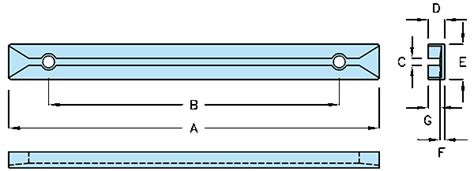Introduction to PCB Circuit Boards
A Printed Circuit Board (PCB) is a fundamental component in modern electronics. It is a flat board made of insulating materials, such as fiberglass or plastic, with conductive pathways etched or printed onto its surface. These pathways, known as traces, connect various electronic components, such as resistors, capacitors, and integrated circuits, to form a complete electronic circuit.
PCBs have revolutionized the electronics industry by providing a reliable, compact, and cost-effective means of assembling electronic devices. They are used in a wide range of applications, from simple consumer electronics to complex aerospace and medical equipment.
Types of PCB Circuit Boards
There are several types of PCB circuit boards, each with its own unique characteristics and applications. The most common types include:
| Type | Description | Applications |
|---|---|---|
| Single-sided PCB | Components are placed on one side of the board, with traces on the opposite side. | Simple electronic devices, such as calculators and remote controls. |
| Double-sided PCB | Components and traces are placed on both sides of the board, with connections made through holes drilled in the board. | More complex devices, such as smartphones and laptops. |
| Multi-layer PCB | Consists of multiple layers of insulating material and conductive traces, with connections made through vias. | High-density, high-performance applications, such as servers and aerospace equipment. |
| Flexible PCB | Made of flexible insulating materials, allowing the board to bend and conform to different shapes. | Wearable electronics, medical devices, and automotive applications. |
| Rigid-Flex PCB | Combines the benefits of rigid and flexible PCBs, with rigid sections for mounting components and flexible sections for connecting them. | Complex, space-constrained applications, such as cameras and portable devices. |
PCB Design and Fabrication Process
PCB Design
The PCB design process involves several key steps:
-
Schematic Design: The electronic circuit is designed using schematic capture software, which represents the components and their interconnections using standardized symbols.
-
Component Placement: The components are strategically placed on the board layout to minimize the length of traces and optimize signal integrity.
-
Routing: The traces are routed between the components, following design rules to ensure proper spacing and avoid signal interference.
-
Design Rule Check (DRC): The design is checked against a set of predefined rules to ensure it meets manufacturing and performance requirements.
-
Gerber File Generation: The final design is exported as a set of Gerber files, which are used by the PCB manufacturer to fabricate the board.
PCB Fabrication
The PCB fabrication process involves several steps:
-
Printing: The conductive traces are printed onto the insulating substrate using a photolithographic process.
-
Etching: The unwanted copper is etched away, leaving only the desired traces.
-
Drilling: Holes are drilled through the board to accommodate through-hole components and create vias for multi-layer boards.
-
Plating: The holes are plated with a conductive material to ensure proper electrical connections.
-
Solder Mask Application: A protective solder mask is applied to the board to prevent short circuits and improve durability.
-
Silkscreen Printing: Text and symbols are printed onto the board for component identification and assembly instructions.
-
Surface Finish Application: A surface finish, such as HASL (Hot Air Solder Leveling) or ENIG (Electroless Nickel Immersion Gold), is applied to the exposed copper to prevent oxidation and improve solderability.
PCB Assembly Techniques
Once the PCB is fabricated, the electronic components must be assembled onto the board. There are two primary techniques for PCB assembly:
Through-Hole Assembly
In through-hole assembly, the component leads are inserted through holes drilled in the PCB and soldered onto







Leave a Reply